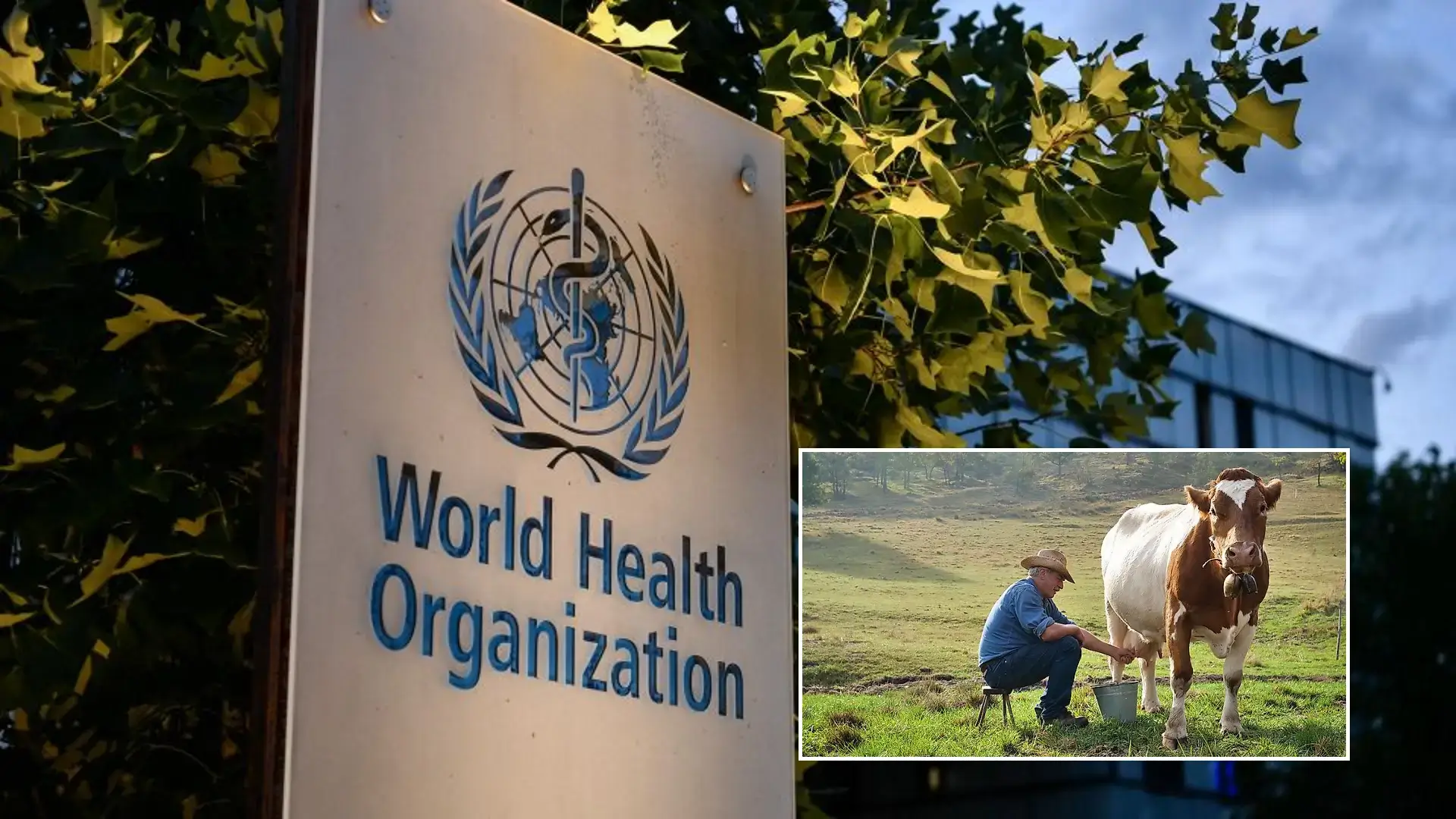Just when the world was starting to recover from the crippling pandemic, a new threat has surfaced, targeting not just humans, but also the world’s poultry and cattle stock. The culprit? A strain of bird flu, also referred to as avian influenza, that has started appearing in a new, unexpected medium – raw milk.
The World Health Organization (WHO), the global watchdog for public health, has recently expressed deep concern over the growing instances of bird flu in humans. The problem compounded when, on a recent Friday, it was announced that the virus has been detected in raw milk.
Dr. Jeremy Farrar, the chief scientist at WHO, has highlighted that the bird flu, scientifically known as H5N1, has an alarmingly high mortality rate among infected individuals globally. To put this into perspective, the avian flu has a mortality rate that is considerably higher than the COVID-19 virus.
Avian flu virus under the microscope
In the United States, the bird flu remains a rarity, with only two known cases that have occurred, one recently and another in 2022, according to the Centers for Disease Control and Prevention. In both instances, the infected individuals were closely involved with livestock. There has been no documented case of human-to-human transmission of the disease yet.
The real danger, as Farrar warns, is the potential for the virus to evolve and gain the ability to infect humans. More crucially, it could develop the capability for human-to-human transmission. This announcement came on the same day that WHO warned of the virus’s presence in raw milk.
Despite the alarming discovery, WHO officials are reassuring the public that pasteurized milk, which is widely sold in grocery stores across the US, is safe to consume. Dairy farmers in the US are required to dispose of milk from infected cows, according to the Daily Mail. ensuring that it doesn’t enter the food supply chain.
Pasteurized milk is considered safe for consumption
Dr. Wenqing Zhang, who heads WHO’s global flu program, stated that a very high concentration of the virus had been identified in raw milk from infected cows. However, drinking raw milk is generally ill-advised as it can also carry other harmful contaminants like salmonella, listeria, and E. coli.
In a bit of relief, Zhang also confirmed that the cases identified in the US and Europe have been relatively mild. However, the two types of avian flu recognized by the Centers for Disease Control and Prevention (CDC) — low pathogenic and highly pathogenic — pose different levels of threats. The latter is more dangerous due to its higher mortality rate in poultry.
Since January 2022, over 90 million birds have been infected across 48 states, according to the CDC. The current outbreak isn’t limited to birds; cattle are also affected. Presently, eight states are experiencing avian flu cattle outbreaks.
The evolving nature of the virus necessitates close monitoring by US officials. The virus could potentially mutate and transmit in different ways, posing a significant threat to public health.
Experts warn of the potential for an avian flu pandemic
The possibility of a bird flu pandemic has been a concern for years. Some experts have even suggested that it could be “100 times worse” than the COVID-19 pandemic. Scientists are hoping that the virus would be less deadly in humans than in birds.
Despite the grim outlook, there are some rays of hope. The Food and Drug Administration has a few vaccines for humans on hand, Forbes reported. However, there currently isn’t enough to protect all Americans, and producing more would be a multi-step process that could take months.




